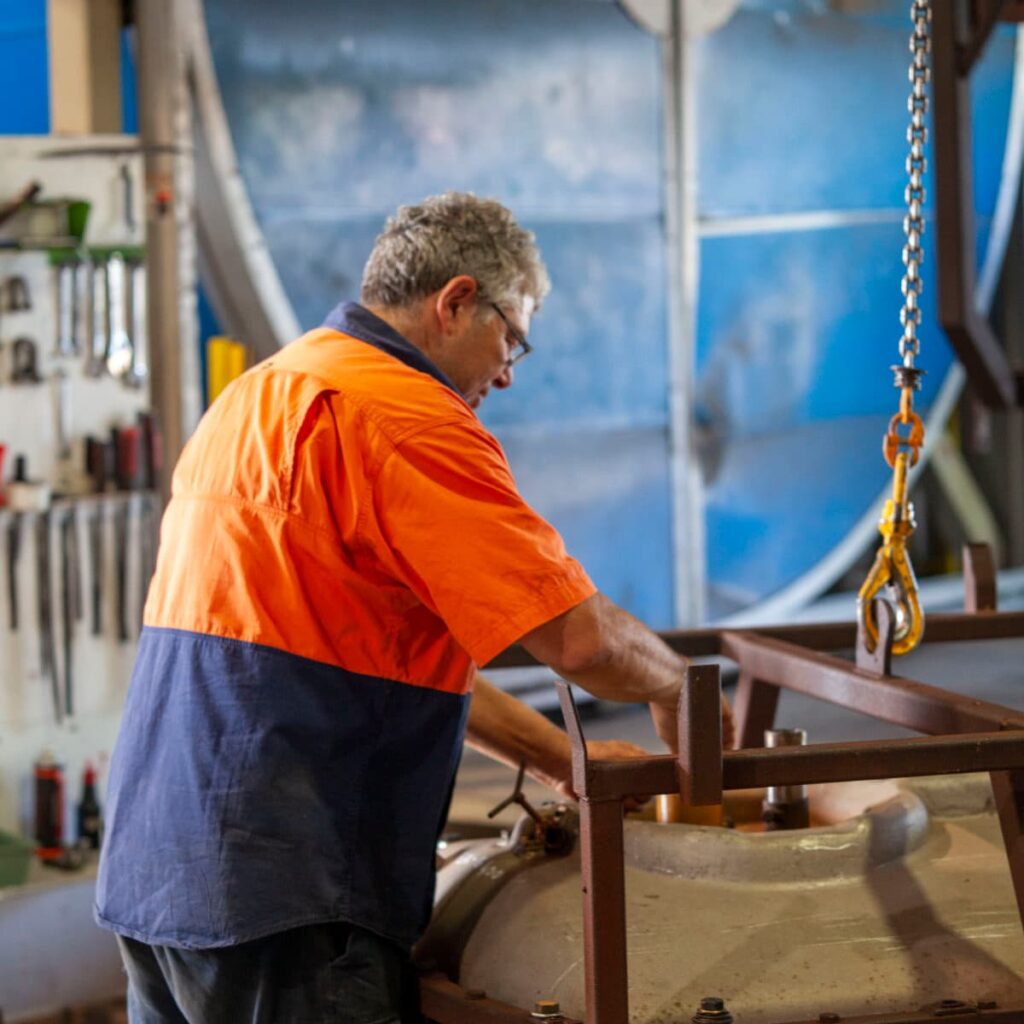Global Rotomoulding’s Sustainability Journey
Global Rotomoulding has embraced a continual cycle of improving our business and believe in sustainability for the environment and our business practices. Global Rotomoulding is
Explore Our Range of Diesel Storage & Pumps
Diesel Prices hitting your hip pocket Talk with Global about our wide range of Diesel tanks, and diesel station setup. Our Diesel Tanks are; Engineered
Global Rotomoulding is Hiring Production Staff
For Helidon Spa QLD Jobs CALL LARISSA ON 07 4697 7099 For Iyrmple VIC Jobs CALL KELVIN ON 03 5024 6830
How To Design The Best Product For Roto-moulding
After decades of experience in custom rotational moulding, Global Rotomoulding has established a fine-tuned process for creating custom roto-moulded plastic products. We have well and
Why Buy Plastic Rainwater Tanks for your Farm?
Thinking of purchasing a water tank for your farm? In recent years, polyethylene tanks have only continued to surge in popularity. Their unique material sets
Grazing Methods & Strategies for Aussie Farmers
Traditional ride-on mowers tend to be loud and require ongoing maintenance while also emitting carbon monoxide and dioxide into the atmosphere. On top of this,
Australian Aquaculture – Benefits, Cons & Processes
Aquaculture – A Sustainable Alternative To Overfishing Aquaculture answers an issue that has come with the increasing demand for seafood – ‘With more people to
Local Farmers Feel Stung by John Deer Using Their Data
John Deer has advised Australian farmers to take advantage of the metrics they have available. Now that digital agriculture has become more prevalent in Australia,
Fire Ant Biosecurity Zones Have Been Updated
Australia has been swarmed with pest issues over the last 12 months. Feral pigs, the fall armyworm and the infamous mouse plague, have wreaked havoc
Global’s Water Tanks for Aussie farms
Water storage tanks are the favoured way to cut down on water bills and ensure a reliable water source all year round for most Australian farmers.
Battling the Mouse Plague In Winter – What You Need To Know
Australian farmers have been forced to burn their own crops because of swarms of nasty, invasive pests. Following floods and drought, our farmers and regional
Global Rotomoulding Photo Competition
Global Rotomoulding is giving you the chance to win some awesome prizes without leaving your backyard! Our team want to see the fantastic landscapes and

